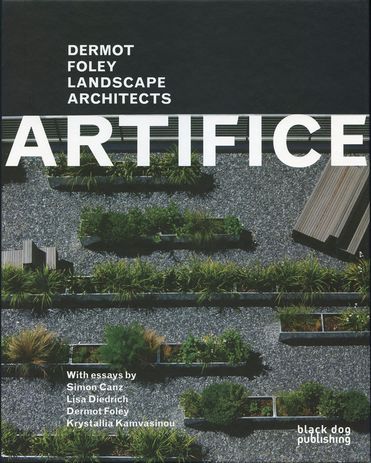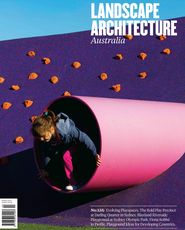
Artifice: Dermot Foley Landscape Architects by S. Canz, L. Diedrich, D. Foley, K. Kamvasinou.
Artifice, the first significant review of an Irish landscape practice, presents the first ten years of Dermot Foley Landscape Architects. The title of the book has been chosen to represent a concept that permeates landscape architecture at many levels. The content and images within Artifice relate back to this concept and the question of “what is nature?”.
The book is punctuated by essays responding to the themes of ambiance, material, image and site, including one written by Dermot Foley. Each essay is followed by a selection of conceptual and built projects that embody and add depth to the themes by providing an application of the concepts discussed. The images convey a sense of rigour and method coupled with an innate aesthetic sensibility.
Dermot Foley Landscape Architects has designed landscape architecture and urban design projects not just in Europe, but throughout the world, which reinforces the practice’s role in the global process of city-making. This holistic approach comes through in Artifice, which includes diverse typologies from adaptive reuse and new urban developments to courtyards and gardens.
S. Canz, L. Diedrich, D. Foley, K. Kamvasinou, Black Dog Publishing, Hardcover, 2011, 160 pages. RRP (USA) $45.00.
Source

Discussion
Published online: 1 Aug 2012
Words:
Jill Pope
Issue
Landscape Architecture Australia, August 2012














